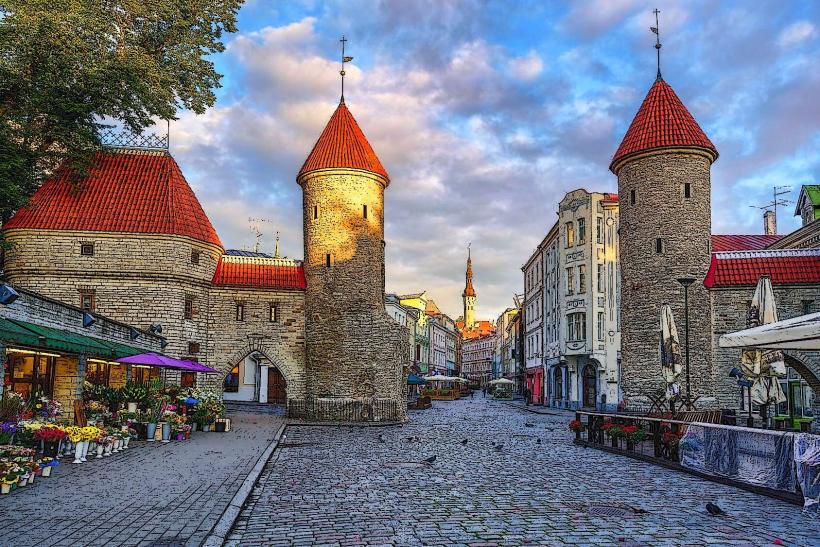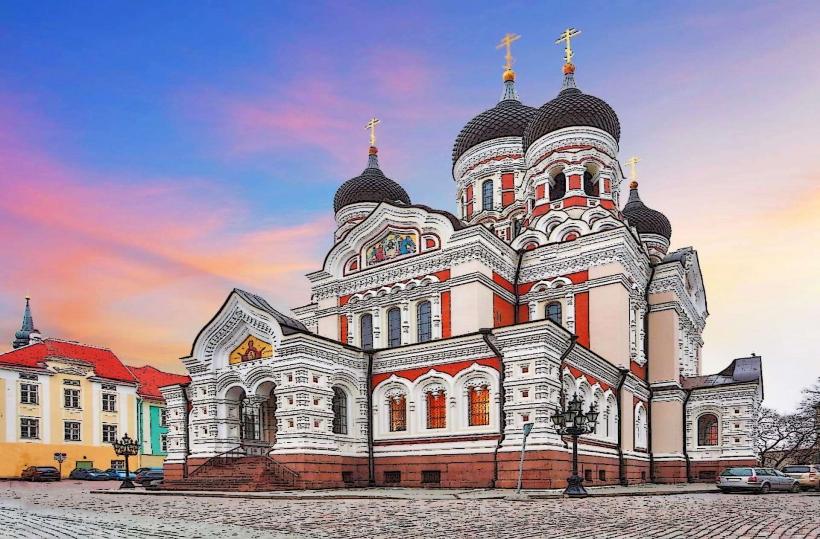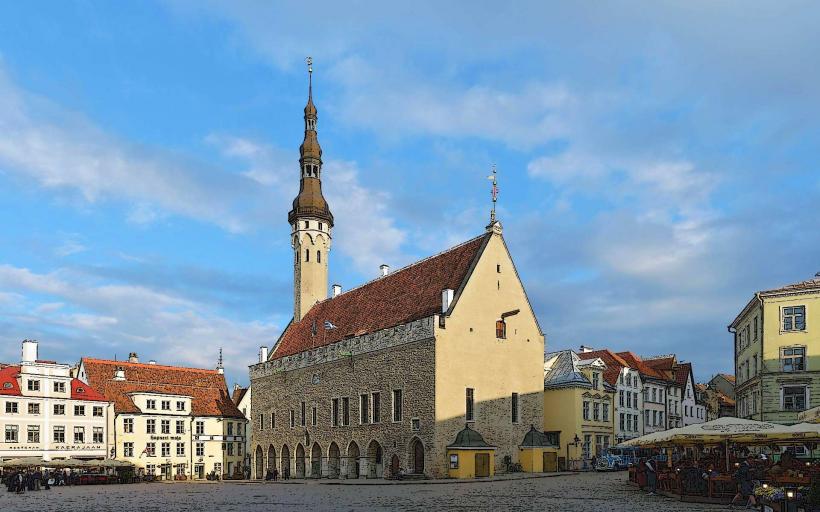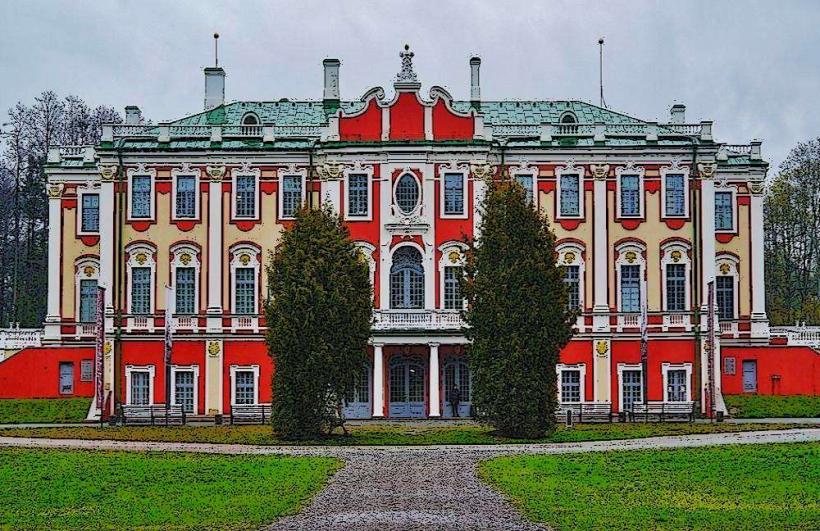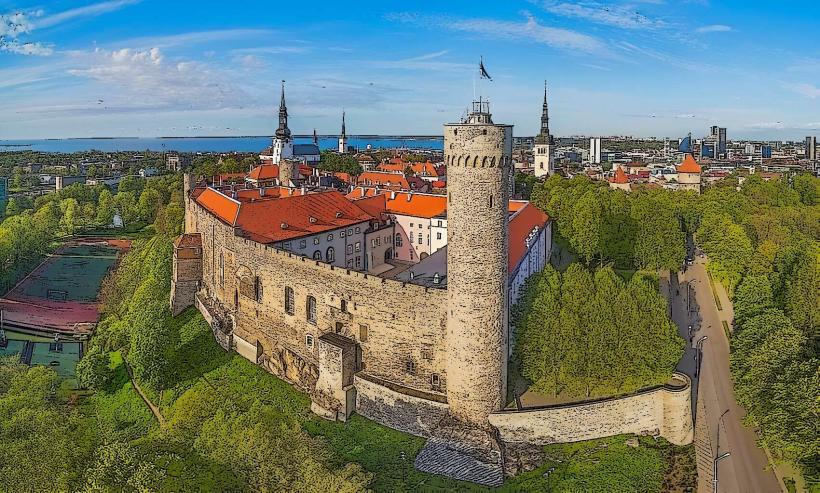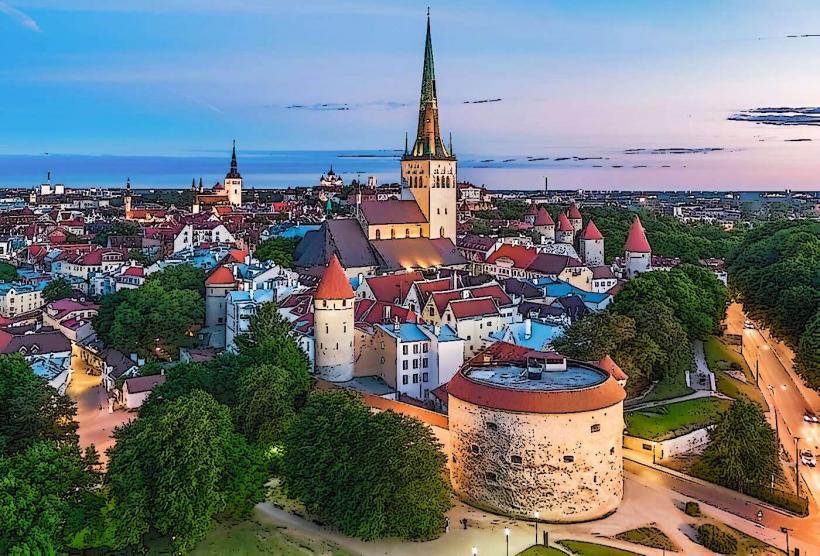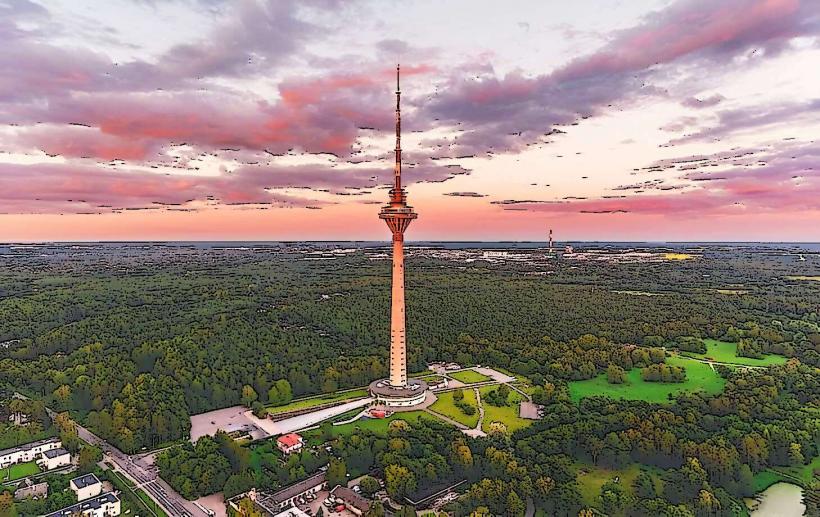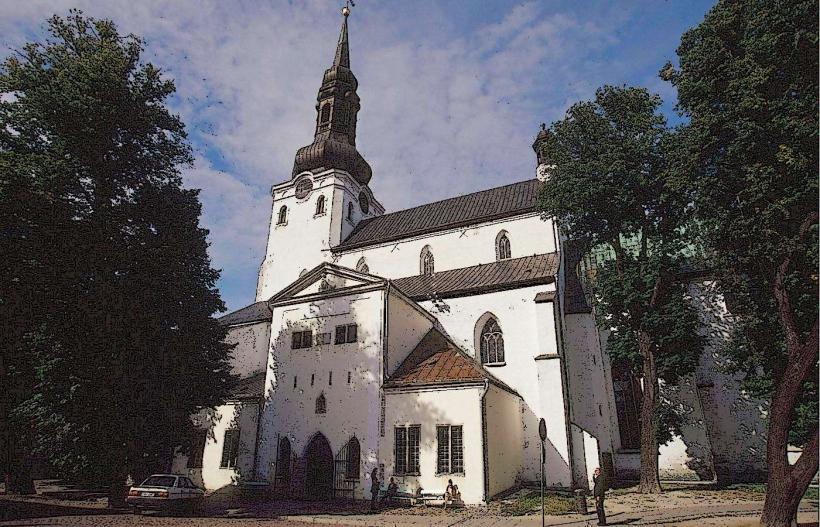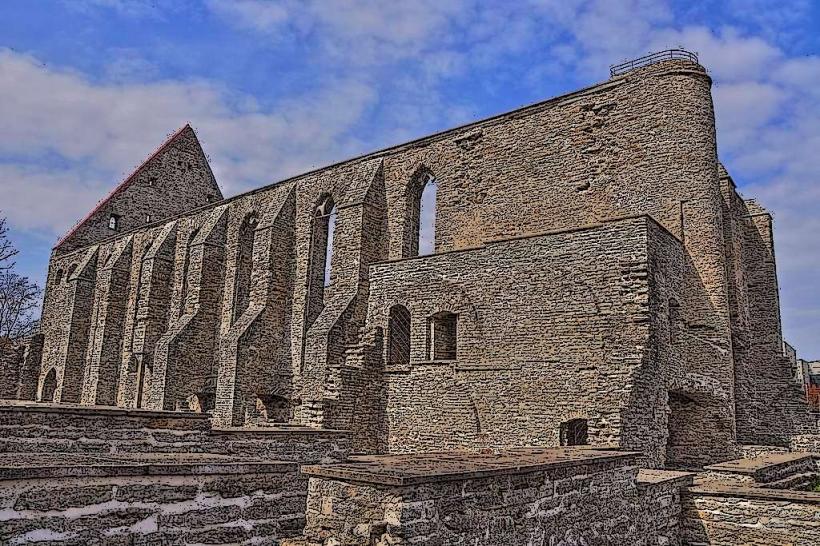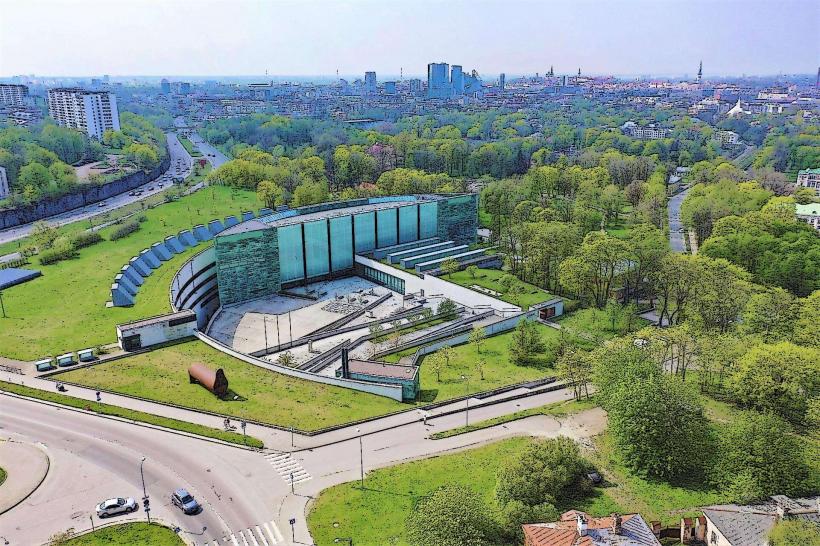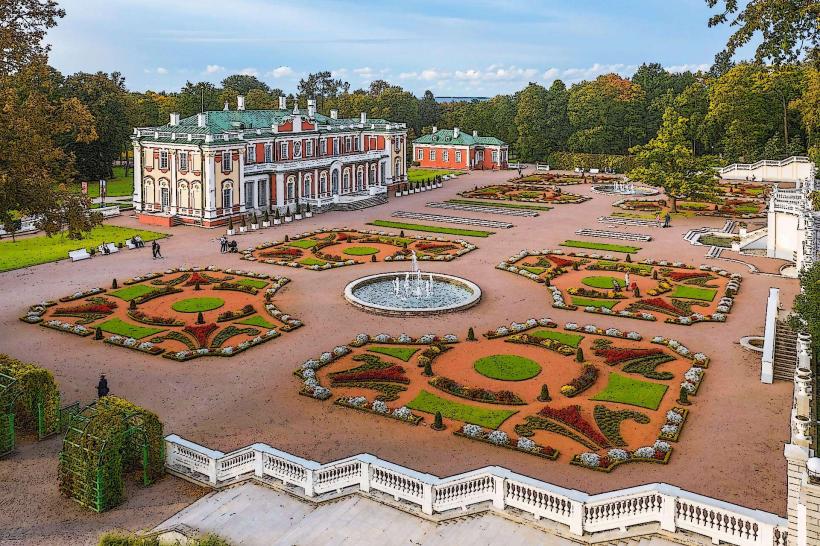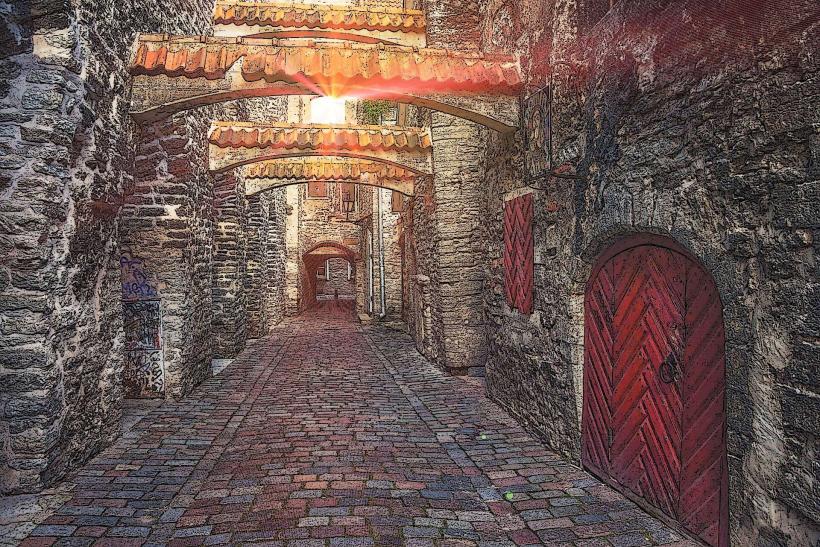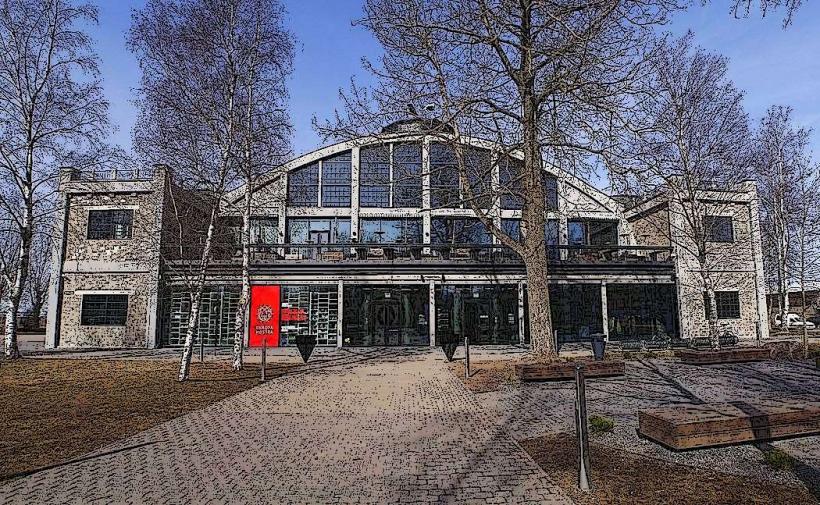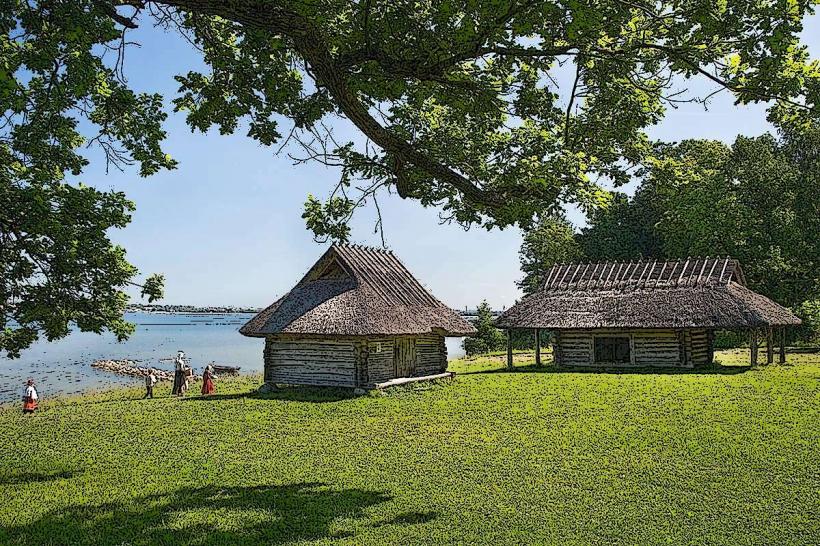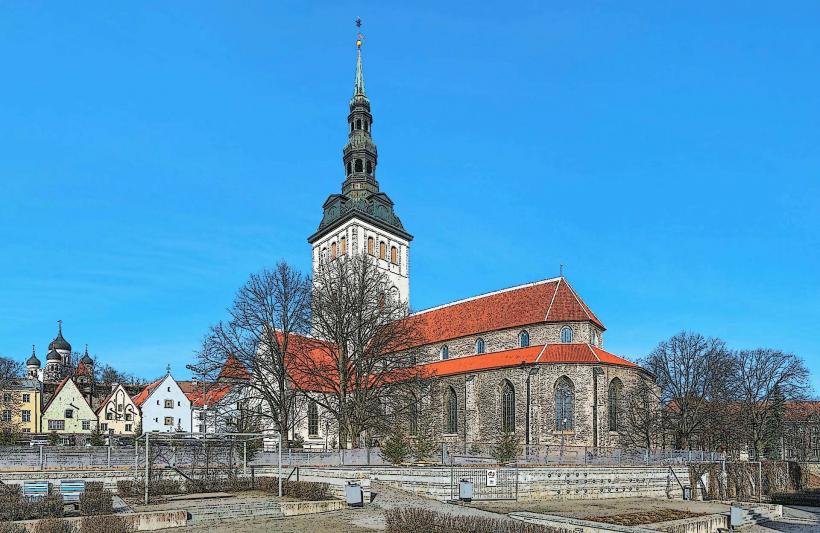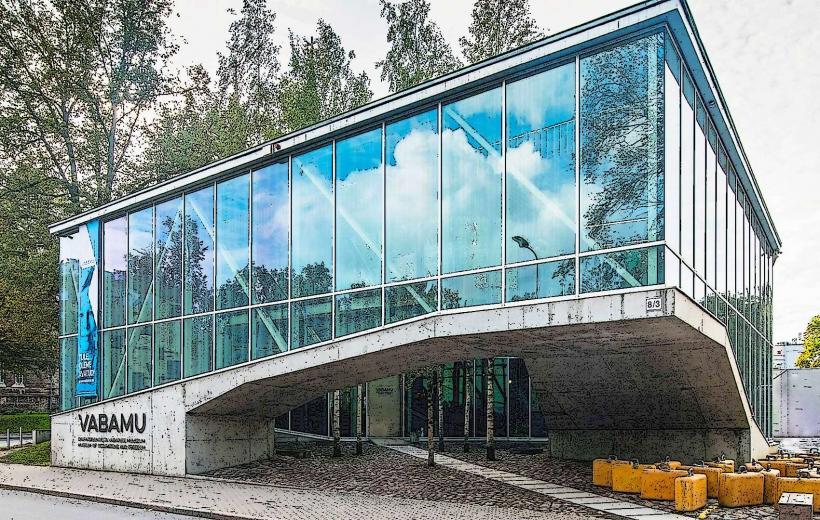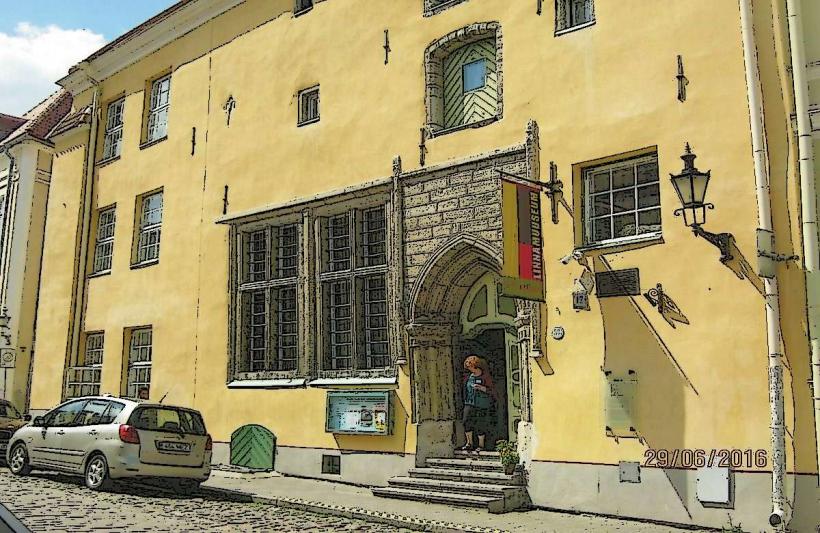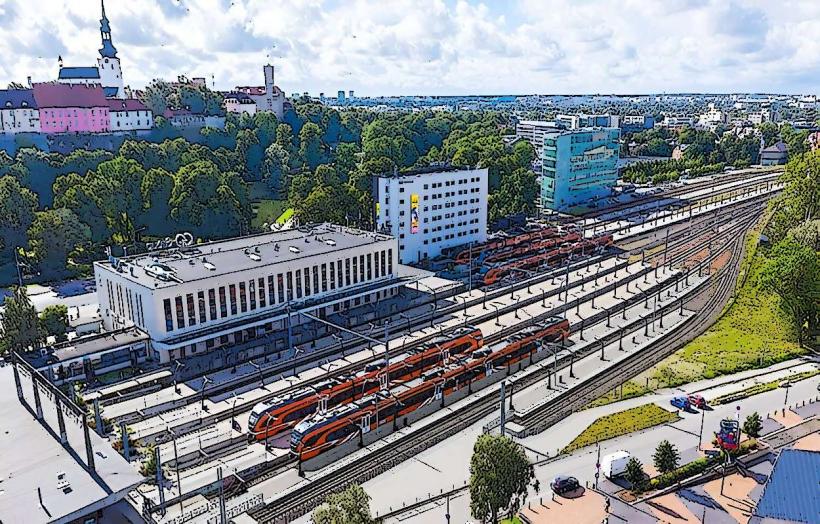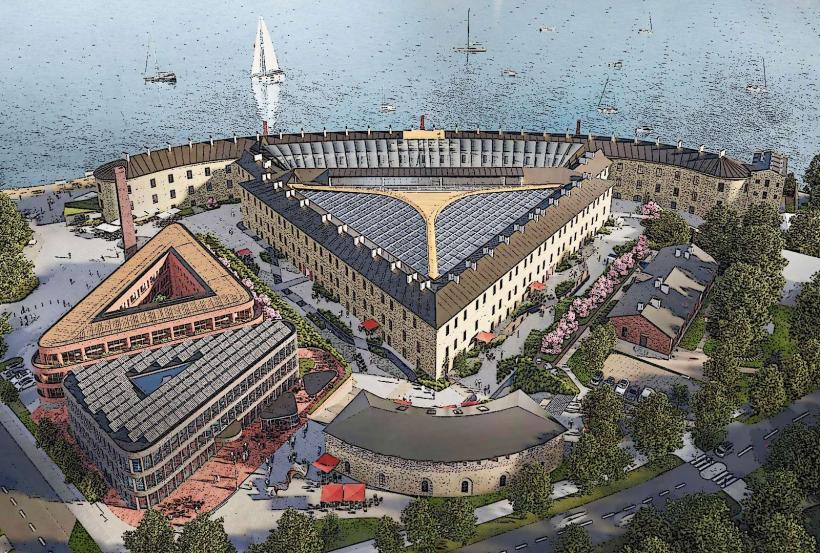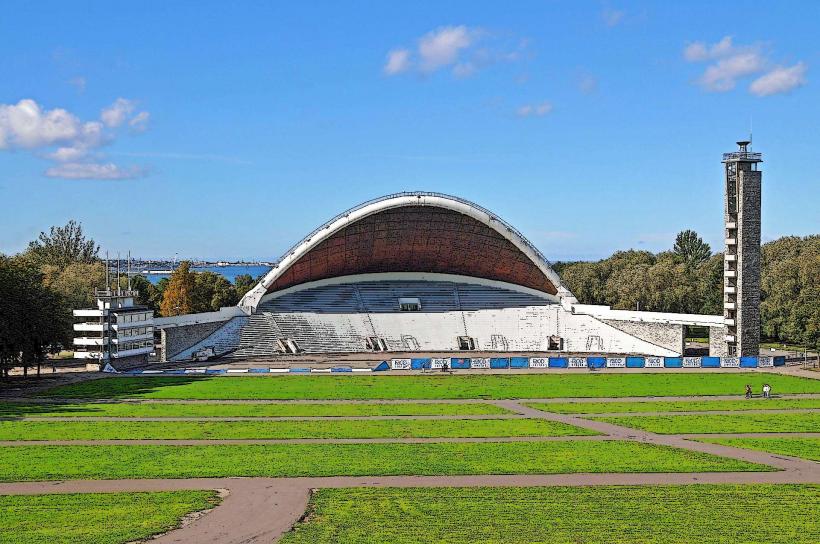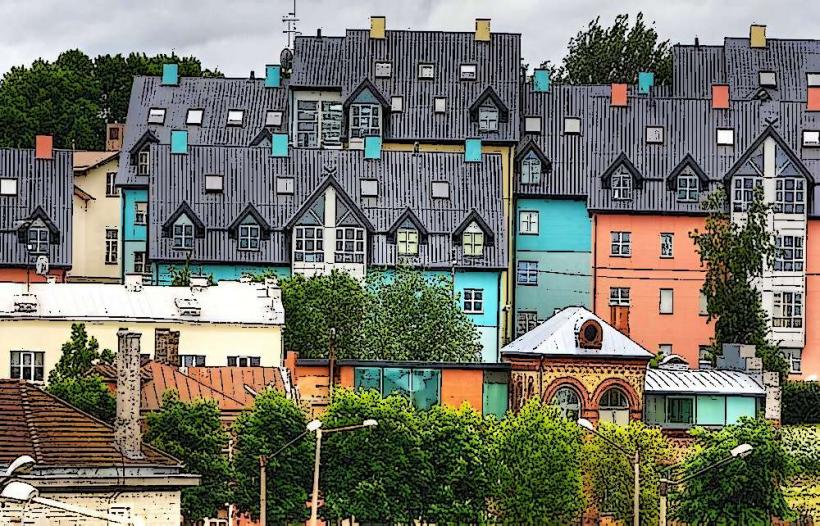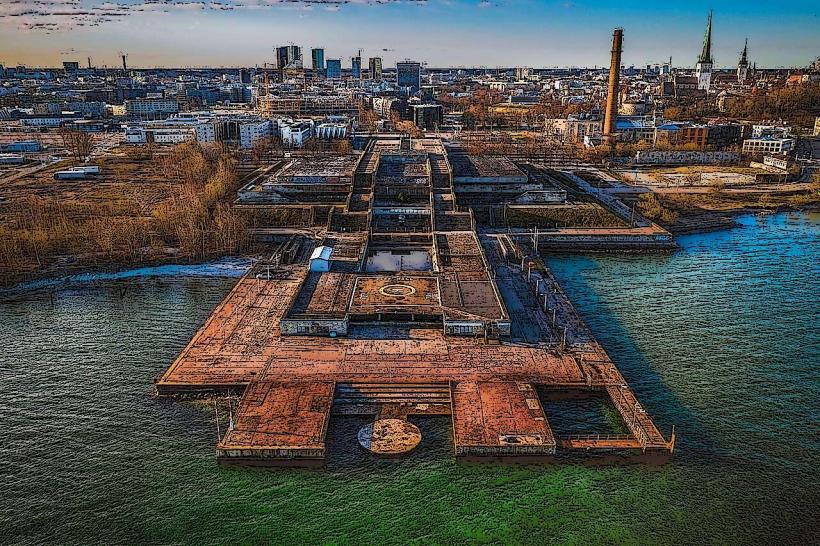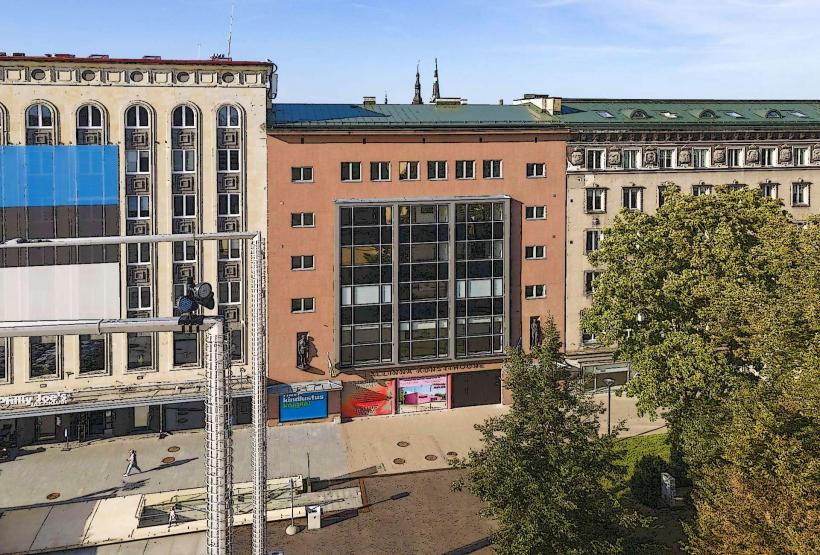Information
Landmark: Tõnismägi MemorialCity: Tallinn
Country: Estonia
Continent: Europe
The Tõnismägi Memorial, also known as the Bronze Soldier of Tallinn (Tallinna Pronksi sõdur), is one of the most significant and controversial monuments in Tallinn, Estonia. It is located in the Tõnismägi area, near the Koidula Street in central Tallinn. The memorial is dedicated to the Soviet soldiers who fought during World War II, specifically those who were involved in the liberation of Estonia from Nazi German occupation in 1944. However, the monument's history and significance have been a subject of significant debate, particularly related to its connection with Soviet-era symbolism and the Estonian War of Independence.
Here’s a detailed look at the Tõnismägi Memorial:
History and Purpose of the Monument
Soviet Victory Monument:
- The Bronze Soldier was erected in 1947, shortly after the Soviet Union reasserted control over Estonia following the Nazi occupation during World War II. The monument was originally intended to commemorate the Soviet soldiers who fought to liberate the country from Nazi German forces during the Estonian Liberation War (which coincided with World War II).
- The memorial features a bronze statue of a Soviet soldier holding a rifle and standing atop a stone pedestal, surrounded by Soviet military insignia and symbols that were common during the era. The statue is often viewed as a symbol of Soviet victory and the Soviet occupation of Estonia.
Symbolism and Controversy:
- Over time, the Bronze Soldier became a symbol of the Soviet Union's dominance over Estonia during the period of Soviet occupation (from 1944 to 1991). As a result, it has become deeply controversial among many Estonians, who see it as a symbol of oppression and foreign rule rather than liberation.
- The monument’s association with the Soviet regime and its symbolism related to Soviet military power led to significant political and social tension, especially after Estonia regained independence in 1991.
Controversies and Protests
The 2007 Riots:
- The Tõnismägi Memorial became the focal point of a series of major protests and riots in 2007. In that year, the Estonian government decided to move the Bronze Soldier from its original location to a more remote site near the Tallinn Military Cemetery, citing security concerns and the need to reduce tensions caused by the monument.
- The relocation sparked widespread protests from the Russian-speaking minority in Estonia, many of whom viewed the Bronze Soldier as an important symbol of Soviet victory in World War II and of Soviet-era sacrifices. The move resulted in violent clashes between protesters and the police, leading to several injuries and arrests. The protests garnered significant international attention, as they reflected ongoing tensions between Estonia and Russia.
- The 2007 Bronze Soldier riots also raised broader questions about Estonia’s national identity, its relationship with Russia, and the legacy of Soviet occupation in the post-independence era.
Memorialization Debate:
- The relocation of the Tõnismägi Memorial was part of a broader effort by the Estonian government to reframe the country’s history after independence, particularly with respect to the Soviet period. The Soviet occupation remains a sensitive issue in Estonia, and for many Estonians, the Bronze Soldier represented not a symbol of freedom, but of foreign domination.
- On the other hand, the statue remains an important cultural and historical symbol for ethnic Russians and those in Estonia who still view the Soviet period in a more positive light. For them, the monument represents victory over fascism and the sacrifices of the Soviet Red Army during World War II.
The Memorial Today
New Location:
- After its relocation in 2007, the Bronze Soldier was placed at the Tallinn Military Cemetery, which is located in the Beresina Park area, away from the city center. The new location has been designed as a military memorial site, honoring Soviet soldiers who died during World War II.
- While the Tõnismägi Memorial still holds significance for some, its new location is less prominent and removed from the public eye compared to its original position at Tõnismägi Hill.
Ongoing Debate:
- The monument remains a contentious issue, with some individuals and groups continuing to advocate for its historical and symbolic importance, while others view it as a reminder of an oppressive regime. The Bronze Soldier continues to evoke discussions about the complex legacy of the Soviet era in Estonia and its relationship with the broader history of World War II.
Architectural Features
- The Bronze Soldier itself is 1.7 meters tall and stands on a stone pedestal. The statue's design is a classic representation of a Soviet soldier, wearing a military uniform and holding a rifle at his side, which represents the Red Army soldiers' victory over Nazi Germany.
- The pedestal is adorned with several Soviet-era symbols, including a sickle and hammer, which represent the communist ideology and the Soviet regime.
Significance and Reflection
- The Tõnismägi Memorial reflects the historical complexities of Estonia's relationship with the Soviet Union. For many in Estonia, the statue is a painful reminder of the decades of occupation and totalitarian rule, while for others, it represents the Soviet victory over Nazism and the contribution of the Soviet soldiers to the defeat of fascism during World War II.
- The debate over the memorial encapsulates the broader struggles of national identity that many post-Soviet states face when reconciling their complex histories. It is a symbol of the tension between remembrance and the desire to move forward in a new, independent context.
Conclusion
The Tõnismägi Memorial (Bronze Soldier) remains one of the most significant yet controversial monuments in Estonia, representing a clash of historical narratives and national identities. While it originally served as a tribute to Soviet soldiers, its association with the broader legacy of Soviet occupation has made it a point of contention. Today, the relocated monument continues to evoke strong emotions, particularly for those who see the statue as a reminder of Estonia’s complex history during the 20th century.

